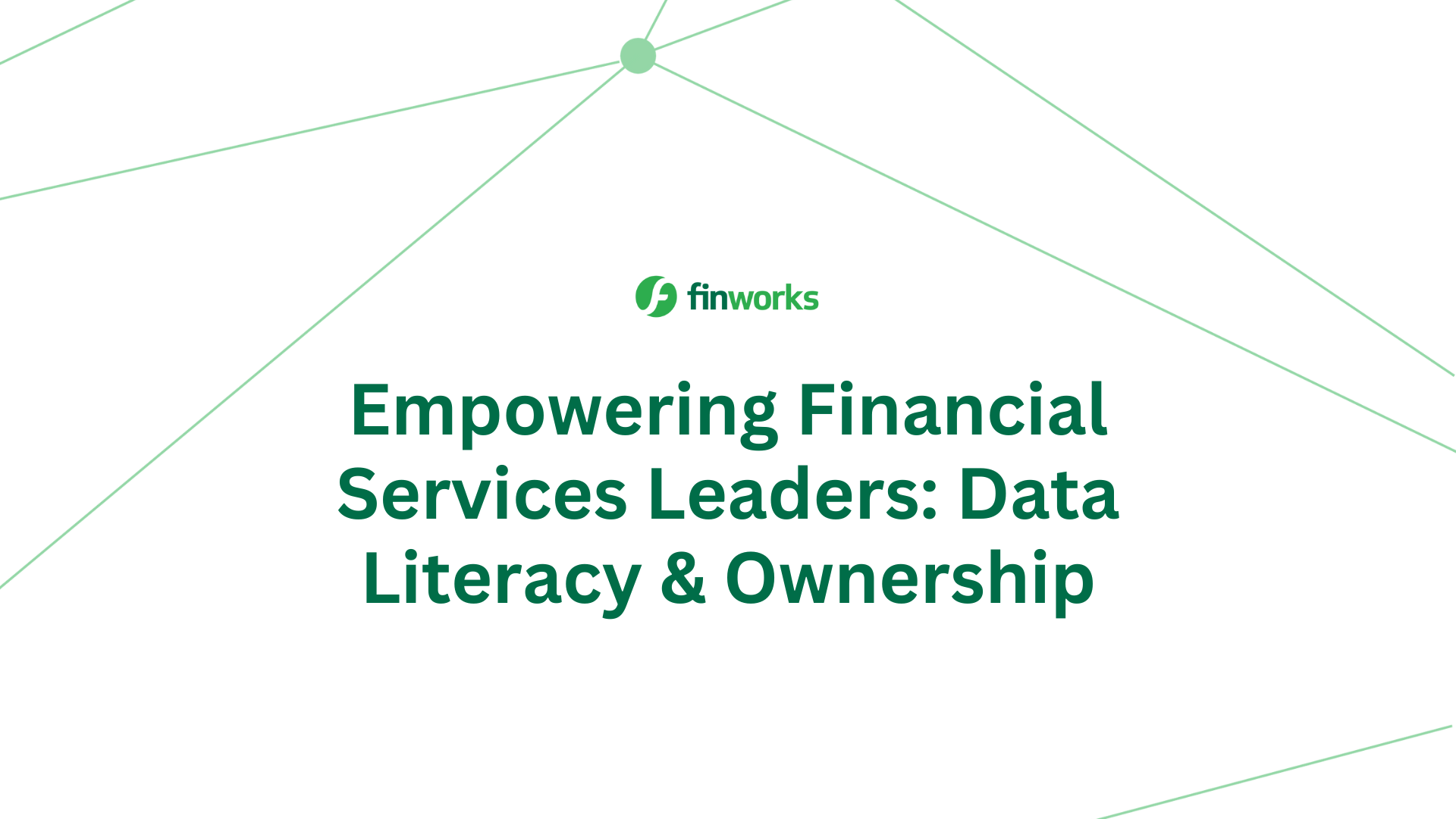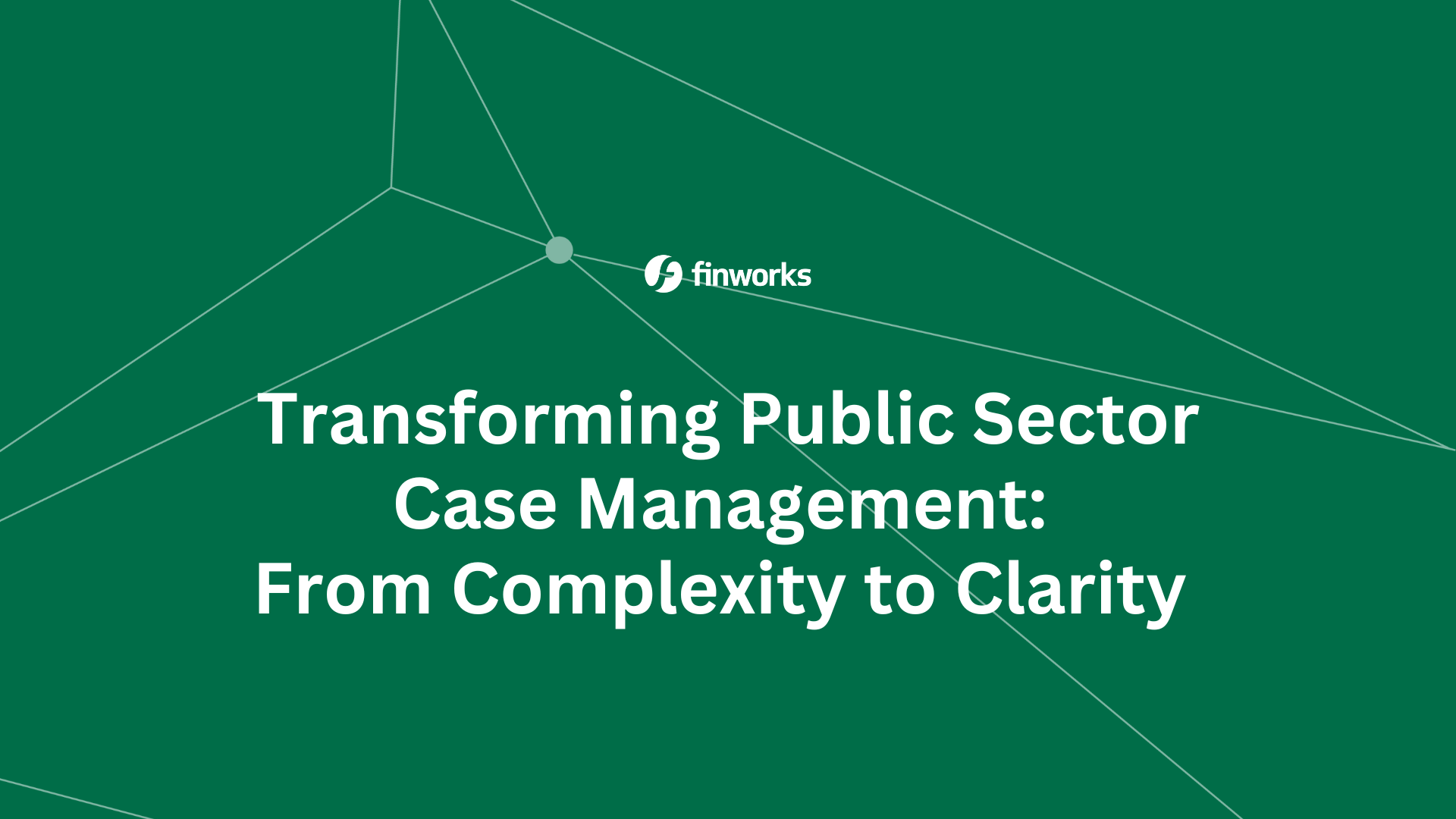Why Data Fabric is the Future of Data Management
The complexity of the data management landscape is rapidly evolving, and data fabric is the most recent improvement in this field. Data fabric is a distributed data management system that allows businesses to manage data across diverse systems at scale.
For many companies, data is gathered in silos and typically kept in ways that make it almost worthless. Data fabric is seen to address the issue. It improves the previous concepts of data warehouse and data lake to create an architecture that allows for consistent data consumption throughout the business.
According to Gartner, by 2024, data fabric implementations will be four times more efficient than they are today and will have slashed human-driven data workloads in half. Data fabric should be considered by organisations that want to take their data management to the next level. This article will help you understand the data fabric and improve data management to determine current data utilisation patterns for ongoing business operations.
What is Data Fabric?
Data fabric is an architecture that uses intelligent and automated systems to facilitate end-to-end integration of multiple data pipelines and cloud environments. It adds a layer of abstraction over underlying data components to provide information and insights to business users without the need for duplication or further data science efforts.
This unified view of data offers more agility and flexibility in analysing and organising data. Furthermore, data fabric improves security and governance capabilities, which are crucial for maintaining compliance with rules such as the General Data Protection Regulation (GDPR).
For a diverse range of applications, modern data management systems must be able to collect, integrate, and distribute data to and from different sources and locations. Data fabric architecture can both integrate and propose data additions and improvements.
The components of a data fabric?
1. Data Processing
The data fabric consumes semi-structured or unstructured data, including metadata, from multiple sources. Solutions reliably translate all data types into a cohesive format, allowing them to be processed without obstruction.
The processing of data allows users to see and comprehend the links between the enterprise's numerous data sources. That is why processing analytics is a critical architectural component of the data fabric before you can develop insights.
2. Data Ingestion
Data sources are the components of the system that generate information that the data fabric will process, store, and use. These sources may exist inside the organisation, such as your enterprise resource planning (ERP) software, customer relationship management (CRM) software, or human resource information systems (HRIS).
Document submission systems that accept PDFs and internet of things (IoT) sensors are examples of unstructured data sources. Data may also be ingested by the data fabric from other systems that provide publicly accessible data, such as social media. Finally, businesses may buy third-party data repositories to supplement their current information.
3. Data Orchestration
The process of bringing together various data sources within a data fabric to utilise that data for global analysis is known as data orchestration.
Thus, data fabric is a method for developing data operations processes that provide quick event response, high predictability, process optimisation, and resource maintenance. Data fabric enables DevOps and other teams to access data in ways that suit them by using the possibilities of cloud technologies and virtualising all IT infrastructure components.
4. Data Discovery
Data Discovery is a standardised and automatic analysis of data to create metadata. This concept opens new possibilities for connecting diverse data sources in the context of data fabric implementation. A typical application is the integration of supply chain software with CRM to streamline the process of delivering items to the end consumer and increase customer loyalty to the organisation.
5. Data Validation
Automated data validation enables users to focus on extracting value from the data and applying logic to look at the results of the data uploaded. Advanced validation in data management includes checks against data coverage, data consistency and data stability. A data fabric design allows organisations to embed the same protocols in every system.

How do organisations benefit from a data fabric?
Data is a valuable asset for organisations. However, an organisation won't be able to reach its full potential without an efficient data management system.
Data fabric can be your best option if you want to improve your data management. Gartner lists data fabric as one of the top strategic trends for 2022, claiming that it could reduce data management efforts by up to 70%.
Data fabric is essential to organisations because it provides many benefits through effective data management with an increasing number of data resources enabling digital transformation, the deployment of digital workplaces and digital workspaces, and cloud migration.
The benefits offered by data fabric include:
1. Reduced data silos
Data silos are a collection of raw data that has selective availability (accessible only by one department and segregated from others), resulting in a lack of visibility and inefficiencies within an organisation. Data fabric eliminates data silos with its unified data management architecture, which allows any department within the same organisation to search, gather, and access the needed data.
2. Automate data governance
Automatically applying data governance regulations based on language and terminology in regulatory documents or company policy is considered a key benefit of data fabric. This enables organisations to supply reliable data while adhering to particular governance regulations and use artificial intelligence to augment the process.
Data fabric improves data integration via automation. Data integration automation that is optimised speeds up data transmission across the organisation and eliminates inefficient data integration activities.
4. Increased data management compliance
As data volumes continue to expand and organisations face a growing number of data-related regulations, the importance of a data fabric architecture that can assist in managing and securing data becomes more apparent.
A data fabric can help an organisation comply with data rules in a variety of ways. It may help enterprises centrally manage and secure data regardless of where it originates. This is particularly significant for organisations that must comply with data residency regulations since it allows them to efficiently regulate and monitor data in multiple geographic regions.
5. Accelerate the digital transformation process
By eliminating the need to integrate several technologies, data fabric lowers data complexities, improves data quality, and simplifies data governance, sharing, and administration. It gives you a unified, comprehensive picture of your company's data. It can help you speed up your digital transformation by leveraging the value of your data.
How Can Data Fabric Help My Organisation?
Data fabrics offer organisations a comprehensive environment that delivers an easier-to-use unified data management solution. A data fabric helps an organisation's data be more accessible and valuable while saving time for workers who often access and use the data.
Here are some of the essential reasons how data fabrics can help organisations and businesses:
- Enhance security by automating data quality procedures.
- It provides real-time data regardless of location or system.
- Data management and data governance are made more accessible.
- It allows for the use of unstructured and structured data in various forms.
- It helps implement organisational policies and guarantees that only reliable information is presented.
- It increases the speed with which business insights are delivered by automating data distribution and simplifying access.
- It removes unnecessary data silos, allowing companies to use data fully.
- It reduces data integration issues and the requirement for various data integration technologies, encouraging digital transformation.
A data fabric ultimately helps your organisation unleash the data's potential to satisfy business objectives and acquire a competitive advantage. It allows your company to use the potential of the hybrid cloud better, creates a hybrid multi-cloud experience, and modernises storage via data management.
What is the Future of Data Fabric?
The future of data fabric appears is promising. This software has the potential to transform the way businesses handle data. Furthermore, data fabric is projected to become more extensively implemented in the future years as more organisations seek to capitalise on its many advantages.
Users of data fabric software become less reliant on IT specialists, and they may spend more time evaluating data rather than learning how to get it. Because of its capacity to integrate data from different sources, including on-premises and cloud-based systems, data fabric has emerged as a disruptive next step in data management. This unified view of data offers more agility and flexibility when it comes to organising and analysing data.
Data fabric could be a critical component that makes every operation, application, and business decision data-driven. With organisations adopting technologies such as data lakes, data warehouses, and others, it makes sense to include the data fabric approach as your business grows further.
Contact us today, to learn how Finworks can accelerate your data management, and we'll talk about the solution that will fit your business and current resources.




